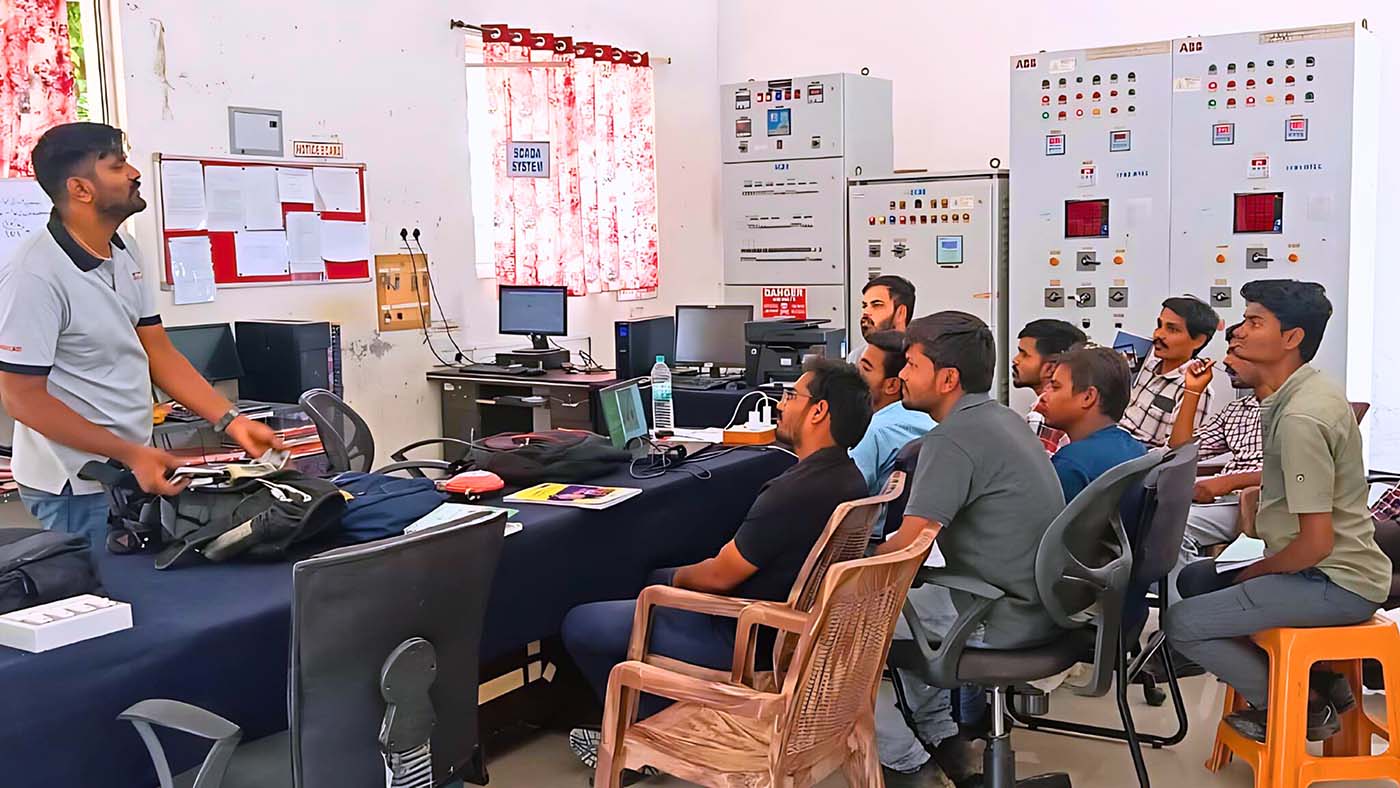
GWO BST training empowers participants with critical skills in first aid, working at heights, manual handling, and fire awareness, fostering safety and support for all in the wind industry.
The GWO Basic Technical Training (BTT) course is designed to equip individuals in the wind industry with the essential technical skills and knowledge necessary for working safely and effectively in challenging environments. This comprehensive program covers key areas such as mechanical, electrical, and hydraulic systems, as well as installation and maintenance procedures. With experienced instructors and state-of-the-art facilities, our course provides hands-on training that prepares participants to meet the rigorous technical standards of the wind industry. Upon successful completion, participants receive GWO BTT certification, ensuring industry compliance and enhancing their professional credentials.
Upon successful completion, participants will receive GWO Basic Technical Training certification.
- Component Maintenance: Ensuring longevity and optimal performance of gears, bearings, and other mechanical parts through regular maintenance.
- Troubleshooting: Identifying and resolving mechanical failures to minimize downtime.
- Safety Management: Applying safety measures to prevent accidents and injuries while working with mechanical systems.
- System Alignment: Ensuring proper alignment of components to avoid excessive wear and tear.
- Lubrication: Using correct lubrication techniques to reduce friction and prevent component damage.
- Equipment Handling: Safely operating mechanical tools and equipment.
- Mechanical Inspections: Conducting thorough inspections to detect early signs of wear or damage.
- System Wiring: Installing and maintaining the wiring systems for optimal electrical flow.
- Fault Diagnosis: Identifying and fixing electrical issues to maintain system reliability.
- Component Testing: Testing electrical components to ensure they meet required standards.
- Preventive Maintenance: Regular maintenance to prevent electrical failures.
- Safety Compliance: Adhering to electrical safety standards and regulations to protect workers.
- Power Distribution: Managing the distribution of electrical power within the turbine.
- Energy Efficiency: Implementing practices to improve energy efficiency.
- Pressure Management: Controlling and maintaining appropriate hydraulic pressure for system stability.
- Fluid Maintenance: Ensuring hydraulic fluids are clean and at the correct levels to prevent system damage.
- Component Assembly: Assembling hydraulic components accurately to avoid leaks and failures.
- System Testing: Testing hydraulic systems for proper operation and performance.
- Leak Detection: Identifying and fixing leaks to maintain system integrity.
- Fluid Dynamics Understanding: Applying knowledge of fluid dynamics to troubleshoot and optimize system performance.
- Hydraulic Safety: Implementing safety practices to prevent accidents and injuries.
- Component Assembly: Accurately assembling wind turbine components during installation.
- Safety Protocols: Following safety protocols to protect workers and equipment.
- Lifting Operations: Safely conducting lifting operations using cranes and other lifting equipment.
- Anchoring Techniques: Properly anchoring turbine components to ensure stability.
- Tool Utilization: Using specialized tools for precise installation tasks.
- Alignment Procedures: Ensuring all components are correctly aligned to avoid operational issues.
- Quality Assurance: Implementing quality assurance checks throughout the installation process.
